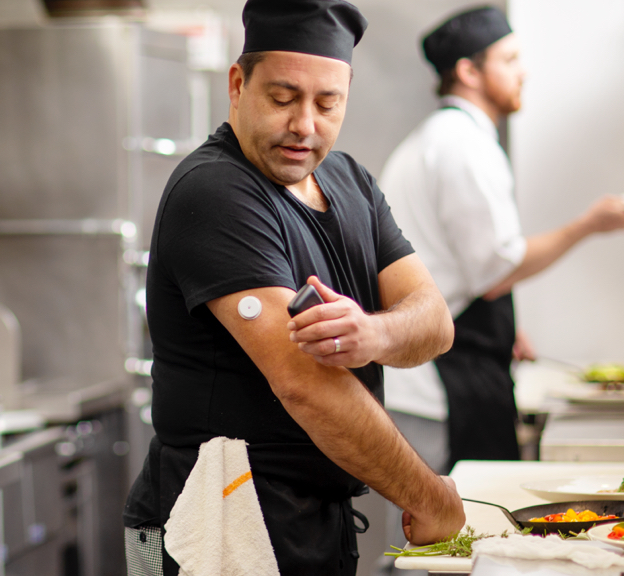People with diabetes having a TIR of over 80% spend less time in the ICU– Study
* 1 in 11 adults are living with diabetes in Southeast Asia
* Continuous glucose monitoring offers real-time insights and powerful metrics like Time in Range (TIR) to help people improve their glucose control and lower the risk of complications.
A recently published pan-India consensus paper shows that time-in-range (TIR) data generated from continuous glucose monitoring devices is a powerful metric that people living with diabetes can use to gain a better picture of their glycemic control and make more informed decisions. TIR is the percentage of time a person’s glucose values are within the recommend target range and is effective in capturing dynamic variations in glucose levels.
Today, there are new monitoring technologies available to more people living with diabetes than ever before. With the advent of continuous glucose monitoring (CGM) devices, people can see their whether their glucose levels are trending up or down, and trends thus make informed decisions about their food and exercise. Apart from the relief of not having to undergo multiple finger pricks, CGM devices can also help determine the control a person has over their diabetes. By looking at the percentage of time one spends in ‘time in range (TIR), between 70 mg/dL and 180 mg/dL, often known as the sweet spot, one can understand how diet, food and medications impact glucose control. Generally, the target window to be in range is about 17 hours each day, or 70 percent.
Dr. Prashanth Subramanian, Head of Medical Affairs, Emerging Asia & India, Abbott Diabetes Caresays, “With life-changing technology and innovation, diabetes care has evolved greatly. Continuous glucose monitoring devices can advance diabetes management in India, empowering people with glucose readings, offering unique insights with metrics like Time in Range. This can make people aware of trends promptly guiding them to take lifestyle or treatment decisions to be in better control of their glucose levels.”
Dr Mahesh Rath, Deputy Medical Superintendent at Hitech Medical College & Hospital, Bhubaneswar said, “With India being home to the second largest diabetes population worldwide, it is important to understand how people with diabetes can use available tools to understand their condition and better manage it. There are options like continuous glucose monitoring that help promote better management. Such solutions are important as they help more people improve their glycemic control with personalized and actionable information so they can lead a better quality of life.”
Experts highlighted that by maintaining time in range, people with diabetes can minimize the risk of various complications associated with the condition. The consensus study highlighted how people with diabetes with a TIR of more than 80% have a significantly lower risk of wound infection and spend less time in ICUs. Additionally, even a 10% reduction in TIR can increase the risk of diabetes-related eye diseases (retinopathy) by 64% and increase the level of the albumin protein in one’s urine (microalbuminuria) by 40%, which may indicate kidney disease.

